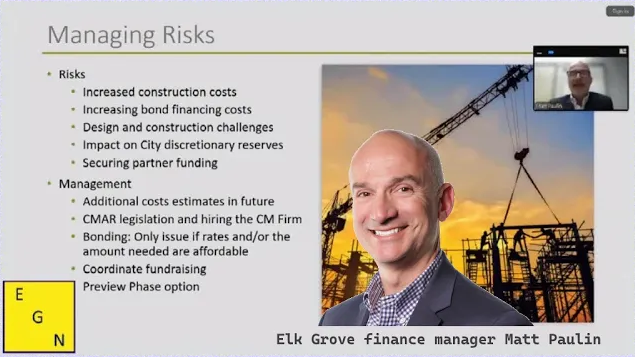CA oil regulators issue 34 new drilling permits in first 6 months of 2024, head oil regulator retires
A total of 16,366 total oil and gas well drilling permits have been approved by the Gavin Newsom administration since Jan 2019.

A total of 16,366 total oil and gas well drilling permits have been approved by the Gavin Newsom administration since Jan 2019.


So, if interest rates have dropped, making construction feasible and cheaper, why hasn't the city rushed into issuing the bonds?

“This marks the third year in a row of no commercial fishing allocation in California and the state’s first recreational salmon season since 2022.”

Mr. Trump could offer blanket immunity to anyone enforcing these or any other blatantly unconstitutional policy, thereby neutering the judicial and legislative processes.

From StatePoint.net